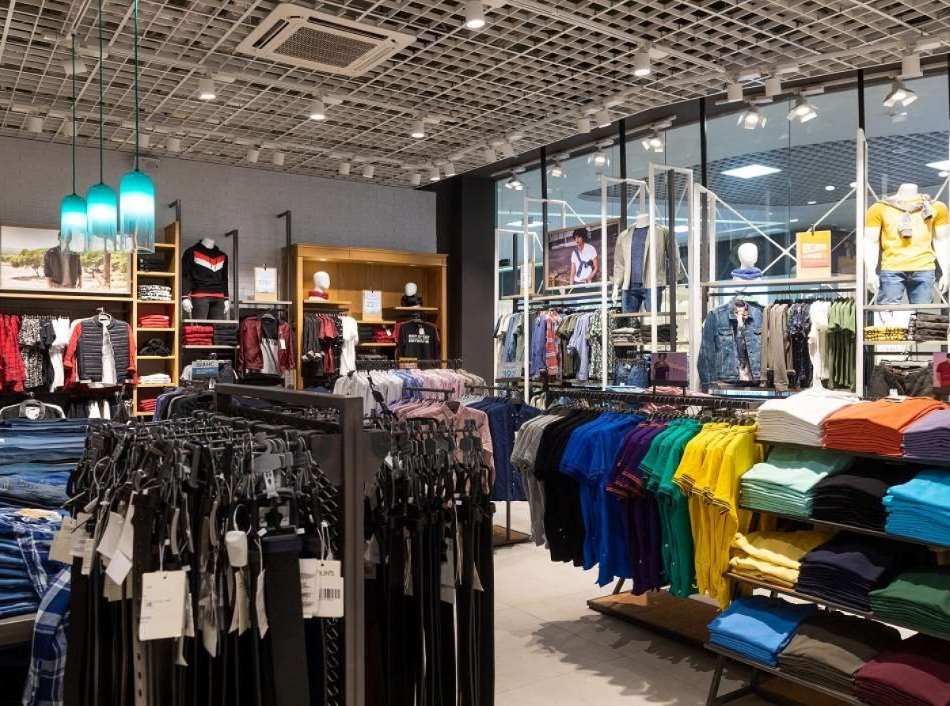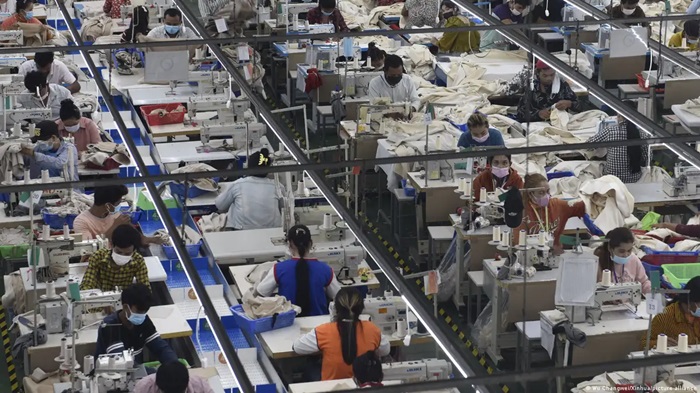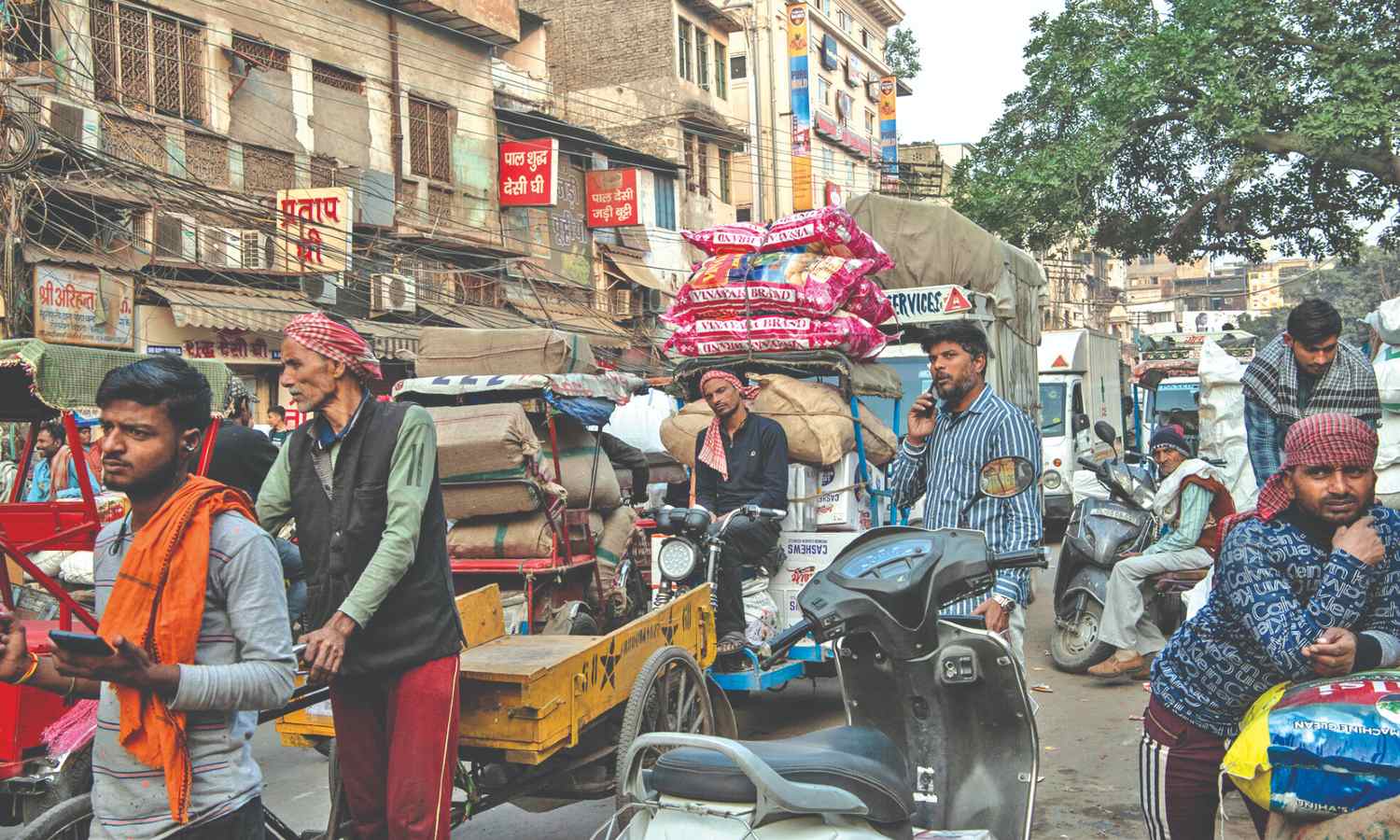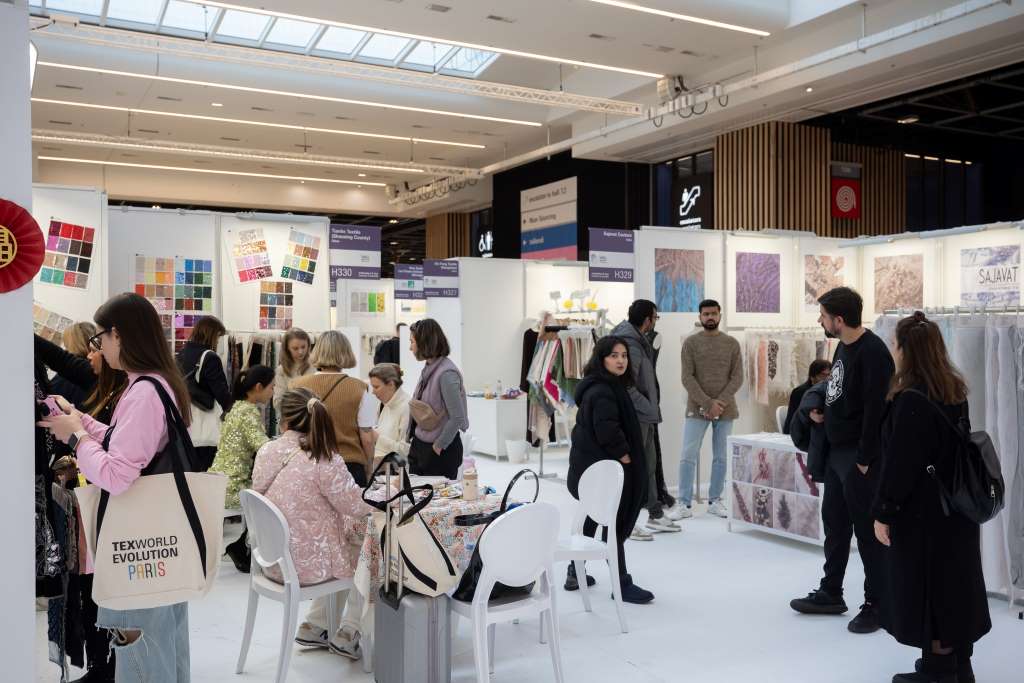
India's value retail market, excluding food and grocery, is poised for meteoric rise, with a projected growth from $111 billion in FY23 to a staggering $170 billion by 2026. This translates to a robust compound annual growth rate (CAGR) of 15 per cent for the segment, outpacing overall retail sector's anticipated 10 per cent growth. This highlights the immense potential of value retail in India.
Apparel Takes Center Stage
Leading the charge is the apparel segment, with its diverse range of affordable clothing, footwear, and accessories attracting significant consumer interest. Pioneered by Max, a retail format from Landmark Retail, this trend is now fueled by the entry and expansion of major retailers like Reliance Retail's Yousta, Aditya Birla Fashion & Retail’s Style-Up, and Shoppers Stop's InTune, all capitalizing on the growing demand for value-oriented fashion. Trent's Zudio stands as a testament to the success of this strategy, paving the way for further investments in the sector.
Organized vs Unorganized: A Divided Landscape
Despite the organized retail boom, unorganized players still hold 79 per cent market share, primarily driven by their competitive pricing and focus on unbranded goods. Organized retail, encompassing both physical and digital formats, currently constitutes only 21 per cent, highlighting the significant room for growth in this space.
Accessible Pricing: The Key to Success
The key to unlocking the potential of value retail in India lies in offering accessible pricing across essential categories, targeting the mass, economy, and mid-economy segments. This requires a deep understanding of consumer preferences and a focus on delivering value for money.
Digital Drives Growth Beyond Metros
While organized brick-and-mortar retail faces challenges in smaller cities, digital channels are emerging as a powerful growth engine. Platforms like Amazon, Flipkart, and Snapdeal are expanding their reach beyond major cities, catering to the burgeoning demand for value-oriented products in Tier II and III markets.
Evolution of Value Retail
The Indian value retail market has undergone a distinct evolution over the years. It began in 1995-2010 with the rise of large retailers like Shoppers Stop and Westside, focusing on mid-to-premium brands in metros.
The scenario changed in 2004 with Max Retail owned by the Landmark Group making a splash in the value segment. It catered to the mass and mid-market segments offering a wide range of affordable clothing, footwear, accessories, and homeware. From 2010 to 2015 emerged more value-oriented players like M-Bazaar and Citi Style, catering to Tier II and III markets. This led to a clear segmentation between national chains and regional champions, particularly in the fashion segment.
Data Points
• Average Transaction Value: Rs 500 to Rs 2,500, with average basket sizes of 2.5 to 7 items.
• Store Location: 50% of value retail stores are located in tier 3 or smaller cities and towns.
Frontrunners
• Max emerged the largest player with over 470 stores across India, with a large concentration in Tier II and III cities, with a revenue in FY23 standing at around Rs 8,000 crore.
• Despite pandemic challenges, retailers like Vishal Megamart with 120+ stores; Style Bazaar with 100+ stores and Rs 2000 crore turnover; V Bazaar with 100+ stores, and Rs1500 crore turnover have maintained a CAGR of over 15 per cent from 2018 to 2022.
A Promising Horizon
India’s value retail market has emerged as a lucrative opportunity for both domestic and international players. Some catalysts for growth are: rising disposable incomes, increasing urbanization, and growing adoption of e-commerce. Apparel is expected to remain at the forefront, with organized players making significant inroads into the unorganized market. However, challenges like supply chain disruptions and competition from online marketplaces need to be addressed for sustained success.
The market is poised for a transformative journey. By understanding key drivers, consumer preferences, and evolving trends, businesses can capitalize on this burgeoning market and contribute to the overall growth of the Indian retail landscape.












